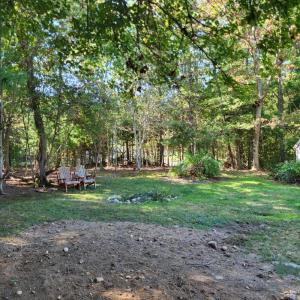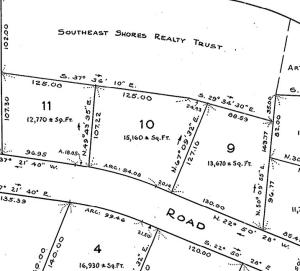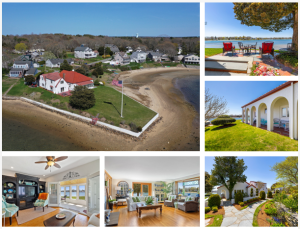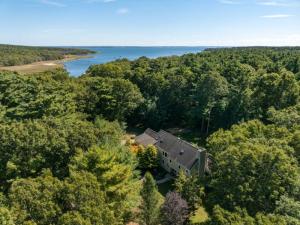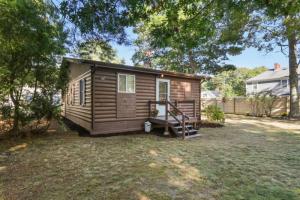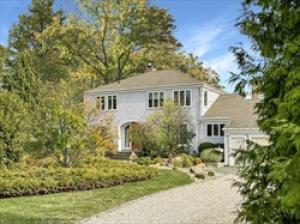Article 27. Wetlands buffer
The Conservation Commission is requesting stricter wetlands protection by adding a “No Activity Zone” within the 100-foot buffer that extends from bodies of water. The no activity zone will be 30 feet for residential structures in developments of three units or less and 50 feet for commercial structures and larger residential developments.
The goal is to provide increased protection for wetlands, crucial components of the ecosystem that not only provide important wildlife habitat but also filter out pollutants from runoff and help regulate flooding.
“The intent is to establish a minimum setback from the edge of a resource area and provide a cushion between resource area and activities” said Wareham Conservation Agent David Pichette.
Although the Conservation Commission has jurisdiction over any activity within 100 feet of wetlands, activity is still allowed in this area if it follows certain guidelines. This article would prohibit activity altogether except under very specific exemptions including coastal-engineering projects (docks, etc.), repairing but not expanding already existing buildings or structures, accessing buildable uplands, and in agricultural lands.
“In many parts of town, many of the lots of land that are left are marginal properties which would [in order to be developed] require work going to the edge of wetlands,” said Pichette.
Pichette anticipates that the article will cause debate, however.
“There's always debate when you have these types of questions,” he said.
The article's impact on existing properties may be particularly contentious. Although it is geared toward new development, the law would apply to existing properties that wanted to add an addition or build an accessory structures.
“If somebody owns a waterfront property and all of a sudden will want to clearcut right to the water, they won't be allowed to do that,” said Pichette. “But our intent is to look at new projects, not existing properties.”


















